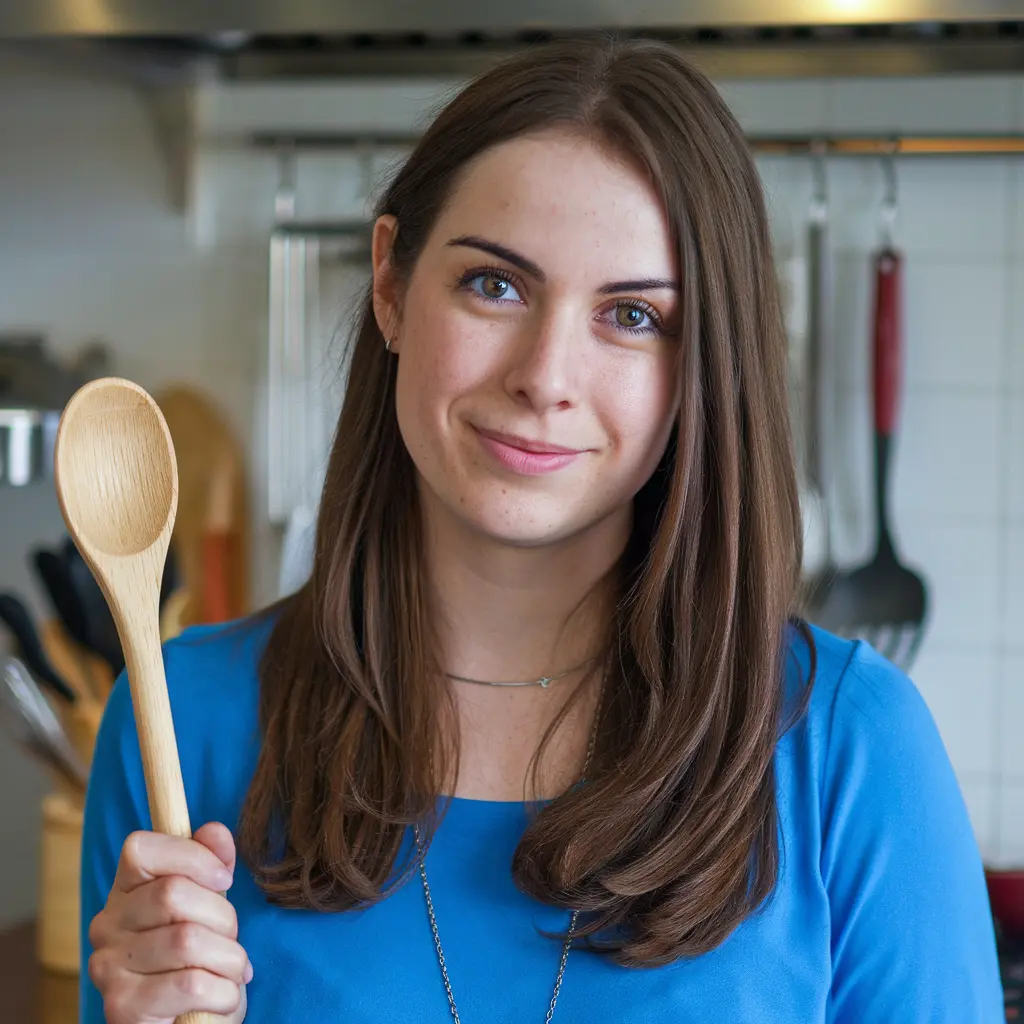Indulge in the comforting warmth and delightful flavors of this elevated French toast recipe. This isn’t your grandma’s soggy bread; we’re crafting a masterpiece of textures and tastes, a perfect weekend brunch showstopper or a weekday morning treat.
We’ll explore the secrets to achieving perfectly golden-brown slices with a custardy interior, and explore some exciting variations to suit your palate and dietary needs.
French toast, a culinary classic, boasts a rich history. Its exact origins are debated, but variations of egg-dipped bread have existed for centuries. What sets this recipe apart is a focus on premium ingredients and techniques that transform this simple dish into something truly special.
We’ll use fresh, high-quality ingredients to maximize flavor and nutritional value. We’ll also explore some kitchen hacks to elevate the whole experience.
Key Ingredients & Their Nutritional Powerhouse
The magic starts with the right ingredients. Here’s a breakdown:
- Stale Challah Bread (6 slices): Challah’s slightly sweet flavor and soft texture are ideal for absorbing the custard mixture, preventing sogginess. It provides carbohydrates for sustained energy.
- Large Eggs (4): Eggs are nutritional powerhouses, packed with protein, essential vitamins, and healthy fats, crucial for building and repairing tissues.
- Milk (1 cup): Provides calcium and protein, contributing to bone health and muscle growth. We’ll use whole milk for extra richness, but you can substitute with almond milk or other dairy alternatives for dietary needs.
- Heavy Cream (1/4 cup): Adds richness and creaminess to the custard, resulting in a more decadent French toast. (Optional: can be omitted or substituted with milk)
- Vanilla Extract (1 teaspoon): Enhances the overall flavor profile, adding depth and warmth.
- Ground Cinnamon (1/2 teaspoon): A classic pairing with French toast, adding a touch of warmth and spice. Provides antioxidants.
- Nutmeg (1/4 teaspoon): A subtle spice that complements the cinnamon perfectly. Offers anti-inflammatory properties. (Optional)
- Butter (2 tablespoons): Used for cooking, adding flavor and a beautiful golden-brown crust. Provides fat-soluble vitamins.
- Maple Syrup (for serving): A natural sweetener that adds a touch of sweetness and complements the flavor profile. It also offers antioxidants.
- Fresh Berries (for serving): Adds a burst of freshness, vitamins, and antioxidants. Blueberries, raspberries, and strawberries are all excellent choices.
Recipe: Delicious French Toast
Ingredients:
| Ingredient | Quantity |
|---|---|
| Stale Challah Bread | 6 slices |
| Large Eggs | 4 |
| Milk (whole milk recommended) | 1 cup |
| Heavy Cream | 1/4 cup |
| Vanilla Extract | 1 teaspoon |
| Ground Cinnamon | 1/2 teaspoon |
| Ground Nutmeg | 1/4 teaspoon (optional) |
| Butter | 2 tablespoons |
| Maple Syrup | To taste |
| Fresh Berries | For serving |
Instructions:
- Prepare the Custard: In a shallow dish, whisk together the eggs, milk, heavy cream, vanilla extract, cinnamon, and nutmeg (if using) until well combined.
- Soak the Bread: Dip each slice of challah bread into the custard mixture, ensuring both sides are evenly coated. Let it soak for about 15-20 seconds per side, allowing the bread to absorb the custard without becoming soggy. The key is to find the right balance: not too dry, not too wet.
- Cook the French Toast: Heat the butter in a large non-stick skillet or griddle over medium heat. Once melted and hot, carefully place the soaked bread slices onto the skillet. Cook for 2-3 minutes per side, or until golden brown and cooked through. The timing can depend on how thick your slices of bread are, so adjust based on your needs.
- Serve Immediately: Serve the French toast immediately, while still warm and golden. Drizzle with maple syrup and top with fresh berries for a beautiful presentation.
Presentation & Serving Suggestions
Elevate your French toast game with plating! Serve on warmed plates to keep it nice and toasty. A dusting of powdered sugar adds a touch of elegance. Garnish creatively with fresh mint sprigs or a sprinkle of chopped nuts.
Pair your French toast with a side of crispy bacon or sausage for a complete brunch experience. Beverage pairings are key too. Consider a mimosa, freshly squeezed orange juice, or a strong cup of coffee. For a sophisticated touch, try a spiced chai latte.
Variations & Substitutions
Dietary Adaptations: For a vegan version, use plant-based milk (almond, soy, or oat), flax eggs (1 tbsp flaxseed meal + 3 tbsp water per egg), and vegan butter. Feel free to experiment with different types of bread – brioche or sourdough make a great substitute.
Flavor Twists: Add a dash of cardamom or allspice to the custard for an exotic twist. Incorporate chopped fruit (like bananas or peaches) directly into the custard, or layer it on top of the cooked French toast. A drizzle of chocolate sauce adds a sweet indulgence.
FAQs
What type of bread is best for French toast?
While many bread types work, challah, brioche, and even slightly stale sourdough are excellent choices. Their texture and ability to absorb the custard mixture without getting overly soggy makes them ideal.
How can I prevent my French toast from becoming soggy?
Don’t over-soak the bread! Dip it quickly, just enough to coat both sides evenly. Use a good quality non-stick pan and medium heat to prevent sticking and ensure even cooking. Allowing the bread to air-dry slightly after soaking can also help prevent sogginess.
Can I make French toast ahead of time?
While it’s best served fresh, you can prepare the custard mixture ahead of time and store it in the refrigerator. You can also assemble the French toast by soaking the bread and storing them separately in an airtight container in the fridge. Cook them just before serving for the best results.
Now it’s your turn! Experiment with different flavor combinations and share your culinary creations with the world. Tag your photos with #FrenchToastPerfection #BrunchGoals #HomemadeGoodness. Let’s build a community of French toast enthusiasts!
















